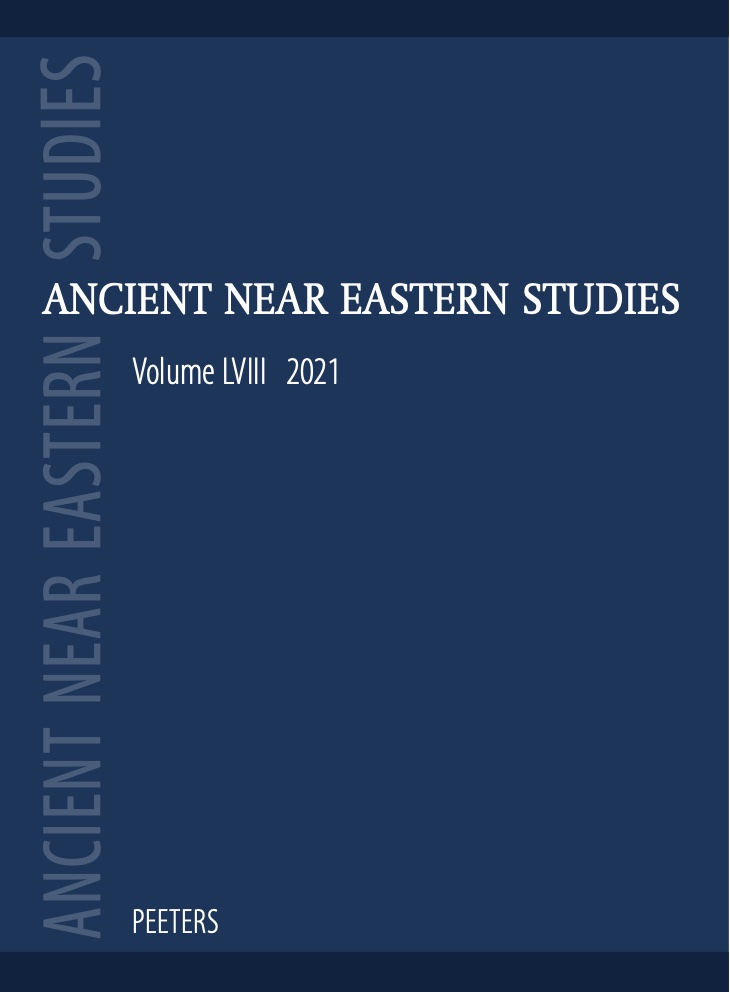 previous article in this issue previous article in this issue | next article in this issue  |

Preview first page |
Document Details : Title: The Khersan 3 Archaeological Survey Subtitle: New Insights into Settlement Patterns in the Zagros Folding Zone from Hydro-Dam Project Archaeology Author(s): GHASEMI, Parsa , WATSON, Greg Journal: Ancient Near Eastern Studies Volume: 51 Date: 2014 Pages: 167-211 DOI: 10.2143/ANES.51.0.3038718 Abstract : In the first decade of the twenty-first century, Iran witnessed a steady increase in the number of professional archaeological surveys undertaken. A high number of these were triggered by the need for salvage investigations of regions identified as suitable for hydroelectric dam reservoirs. The most significant example of this hydropower-driven rescue archaeology is the unprecedented international effort, since 2004, that has gone into the Bolaghi Gorge, Fars Province, slated to be the reservoir of the Sivand Dam. However, numerous other hydropower projects continue to be developed across Iran, and for each of them there is a statutory requirement that an archaeological survey be conducted before the project is commissioned. These hydro-dam surveys are beginning to constitute a significant body of data on the record of the human presence in upland and marginal areas across Iran, although many of them remain unpublished. These areas have not previously received much attention from professional archaeologists. Cross-analysis of the data in future may yield interesting new insights into Iran’s record of human settlement. This paper makes a start by presenting data acquired in the course of a professional rescue investigation of one of these reservoir sites: the proposed Khersān 3 Dam in the highlands of Chahārmahāl-o Bakhtiyārī and Kohgīlūye-o Būyer-Ahmad, southwestern Iran. The authors also suggest one way in which the archaeological record in the Southern Zagros folding zone might be interpreted. |
|


